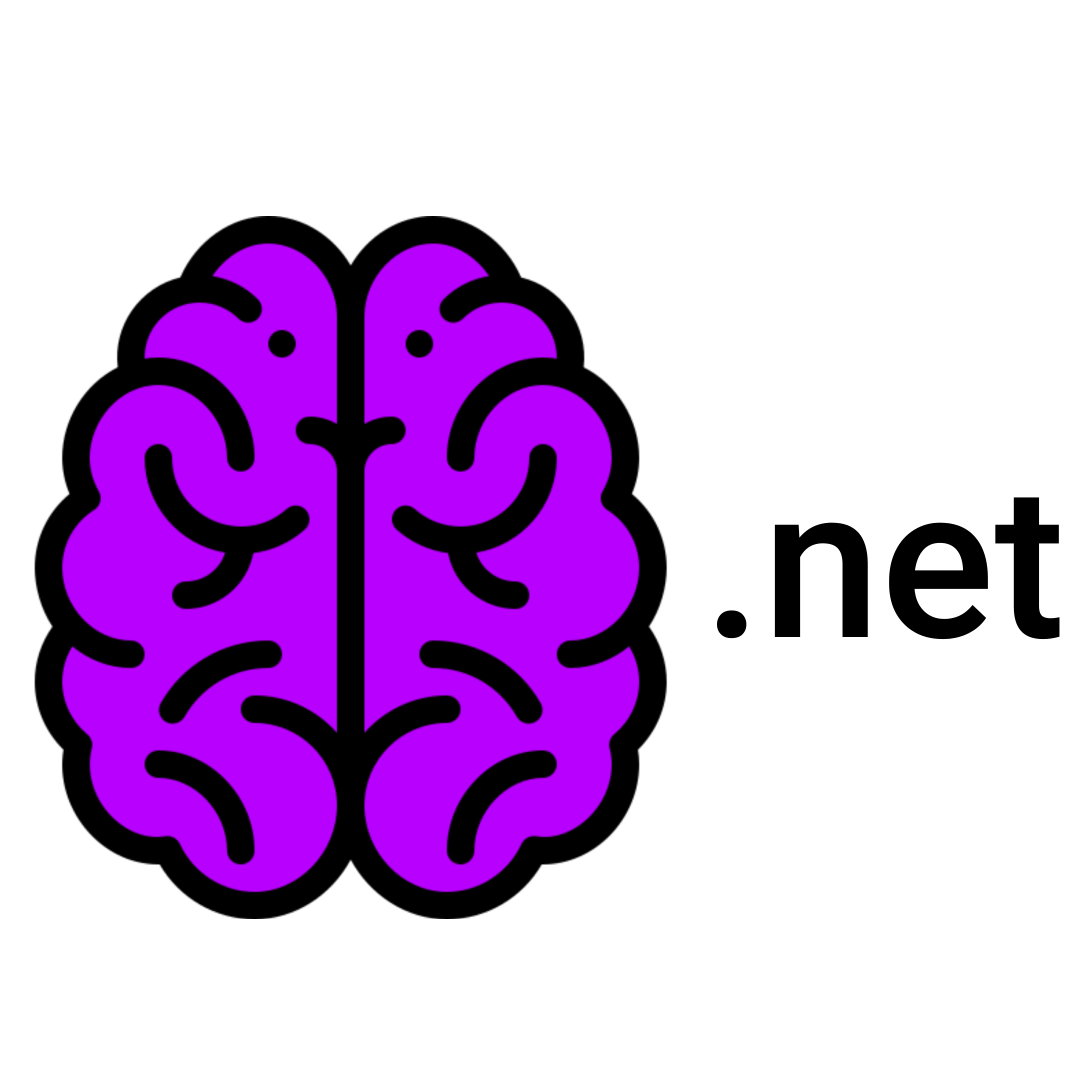Have you ever wondered about the world’s strangest languages? Everyone is familiar with English due to its global importance, but few people think about the most peculiar languages, right?
However, this is quite an interesting curiosity, as there are still about 7,000 native languages spoken and written, each with its unique peculiarities and characteristics.
So, if you’re curious about this topic, stay with us, because in this interesting read from Insight Factory, we will show you 10 examples of curious and fascinating languages spread around the world. Enjoy!
What are the strangest languages in the world?
Today, there are eight languages considered the most popular around the world, written and spoken by almost half of the Earth’s population.
However, with globalization and internationalization of trade, it’s also common to encounter less diverse languages, characteristic of certain populations.
We’ve put together a guide for you with the 10 strangest languages in the world, which might seem strange at first glance but reflect a global linguistic richness, check it out:
1. Pirahã
Pirahã is a language spoken by a small indigenous community in the Brazilian Amazon. It’s a very simple language, with only eight consonants and three vowels. Additionally, Pirahã speakers do not have words for numbers, colors, or abstract concepts, like time or space.
2. Basque
Basque is an isolated language, meaning it has no known relationship to any other language. It’s spoken by about 750,000 people, mainly in northern Spain and southern France. Basque is a very difficult language to learn, as it has a complex grammar and a unique pronunciation.
3. Silbo Gomero
Silbo Gomero is a gestural language spoken on the island of La Gomera in the Canary Islands. It’s a form of communication developed by the island’s inhabitants to communicate with each other using hand signals. Silbo Gomero is a very effective language, as it can be transmitted over distances of up to 5 kilometers.
4. Taa (!Xóõ)
Taa (!Xóõ) is a language spoken by a small indigenous community in the Kalahari Desert, South Africa. It’s a very complex language, with an extremely rich grammar. Taa (!Xóõ) is a tonal language, meaning the meaning of a word can change depending on the tone in which it is pronounced.
5. Pormpuraaw
Pormpuraaw is an Aboriginal language spoken in Australia. It’s a very curious language, as it has no words for “left” or “right”. Pormpuraaw speakers use the concepts of “north,” “south,” “east,” and “west” to refer to directions.
6. Nüshu
Nüshu is a secret script spoken by women of the Yao ethnicity in southern China. It was created about 400 years ago for women to communicate without men understanding. Nüshu is a very beautiful script, with characters that resemble flowers and plants.
7. Mixtec (Chalcatongo)
Mixtec (Chalcatongo) is a language spoken in the Oaxaca region of Mexico. It is a very complex language, with an extremely rich grammar, currently spoken by only about 6,000 people of the indigenous Mixtec population. Mixtec (Chalcatongo) is a tonal language, meaning the meaning of a word can change depending on the tone with which it is pronounced.
8. Esperanto
Esperanto is an artificial language created by the Polish L. L. Zamenhof in 1887. It was designed to be a universal language, easy to learn and use. Esperanto has a very simple grammar and a regular pronunciation, with currently almost 2 million speakers of this language.
9. Toki Pona
Toki Pona is an artificial language created by the American Sonja Lang in 2001. It is a very simple language, with only 120 words. Toki Pona is a very poetic and expressive language.
10. Láadan
Láadan is an artificial language created by the American Suzette Haden Elgin in 1985. It was designed to be a feminist language, with a special focus on non-sexist language. Láadan has a very complex grammar and a regular pronunciation.
Why are these languages considered strange?
Languages considered strange usually have some characteristics that make them different from the more common languages spoken around the world by millions of people. These characteristics can include:
- Very complex grammar or pronunciation
- Lack of words for common concepts
- Unique grammatical or phonological structure
- Use of sounds or words not found in other languages
Did you enjoy learning about the world’s strangest languages?
The world’s strangest languages illustrate the incredible linguistic diversity of our planet, highlighting how different cultures develop unique forms of expression.
Each of them offers a fascinating window into the richness of human experience and verbal communication, after all, the “strangeness” of a language is a matter of perspective, as what one person considers strange, another might find fascinating.


